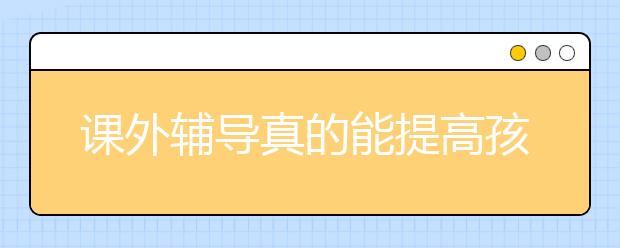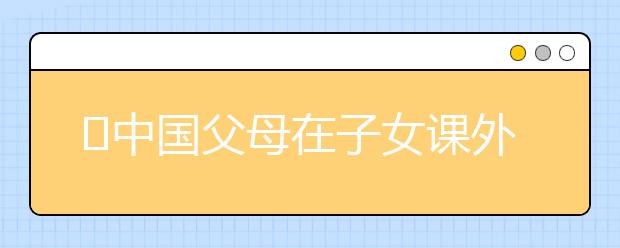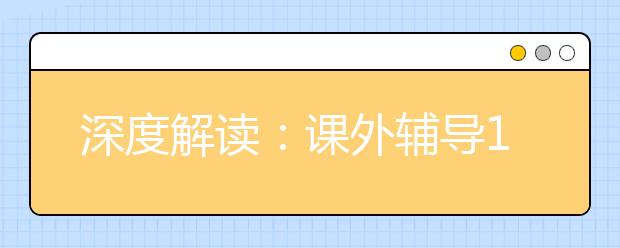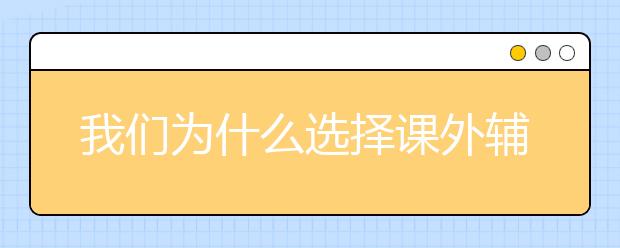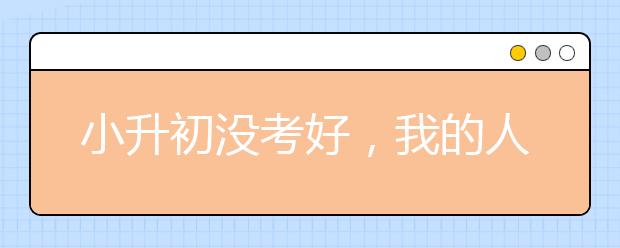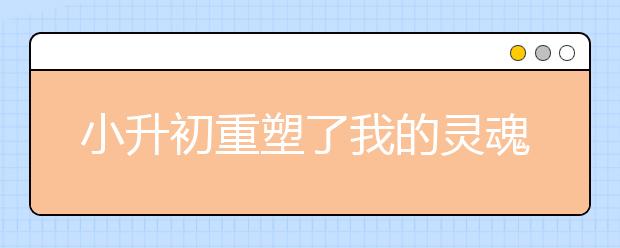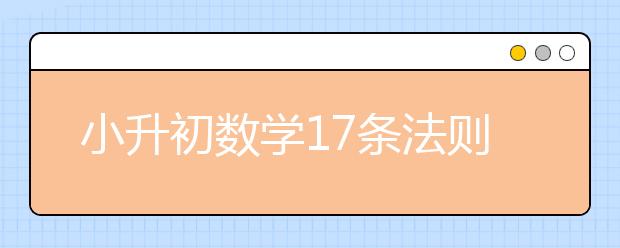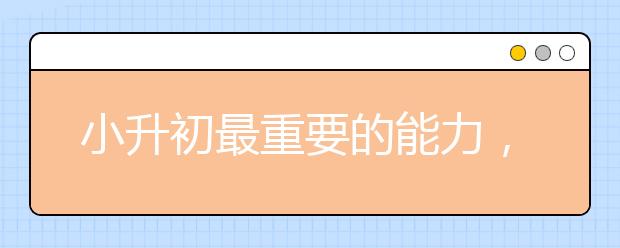一、There be 的句子结构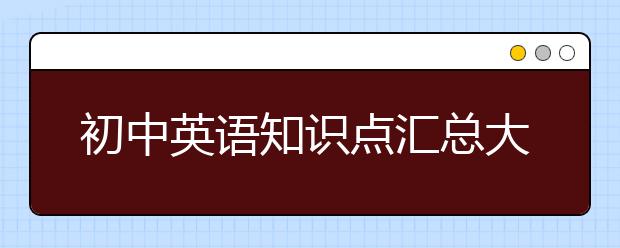
There be是一个“存在”句型,表示“有”的意思。
肯定句的形式为:There be + 名词(单数或复数)+地点状语或时间状语。
be动词单复数的确定,看be后边第一个名词,当所接主语为单数或不可数名词时,be动词形式为is;当所接主语为复数名词时,be动词为are;当be动词后接两个以上主语时,be动词与最临近主语保持数上的一致。意思为“某地有某人或某物”。如:
There is an eraser and two pens on the desk. 桌子上有一块橡皮和两支钢笔。
There are two pens and an eraser on the desk. 桌上有两支钢笔和一块橡皮。
(1)there be的否定句,即在be的后面加上not。
否定形式为:There be + not + (any) + 名词+地点状语。
There is not any cat in the room. 房间里没猫。
There aren‘t any books on the desk. 桌子上没书。
(2)there be句型的疑问句就是将be提到句首:Be there + (any) +名词+地点状语
肯定回答:Yes, there is / are. 否定回答:No, there isn’t / aren‘t.
-Is there a dog in the picture?画上有一只狗吗
-Yes, there is. 有。
-Are there any boats in the river?河里有船吗
-No, there aren’t. 没有。
(3)特殊疑问句:How many . . . are there (+地点状语)
某地有多少人或物回答用There be . . .
There‘s one. / There are two / three / some . . .
有时直接就用数字来回答。One. / Two . . .
-How many students are there in the classroom?教室里有多少学生
-There’s only one. / There are nine. 只有一个。/有九个。
(4)如果名词是不可数名词,用:How much + 不可数名词 + is there + 地点状语
How much water is there in the cup? 杯中有多少水?
二、定语从句的考察
一、定语从句的功用和结构
在复合句中,修饰某一名词或代词的从句叫做定语从句。被定从句修饰的词叫做先行词。定语从句必须放在先行词之后。引导定语从句的关联词有关系代词和关系副词。例如:
This is the present that he gave me for my birthday
二、关系代词和关系副词的功用
关系代词和关系副词用来引导定于从句,在先行词和定语从句之间起纽带作用,使二者联系起来。关系代词和关系副词又在定语从句中充当一个成分。关系待客做主语,宾语,定语,关系副词可作状语。
1. 作主语:关系代词在定语从句中作主语时,从句的谓语动词的人称和数须和先行词一致。例如:
I don’t like people who talk much but do little.
The cars which are produced in Hubei Province sell very well.
2. 作宾语:She is the person that I met at the school gate yesterday.
The book that my grandmother gave me is called “The Great Escape”.
3. 作定语:关系代词whose在定语从句中作定语用。例如:
What’s the name of the young man whose sister is a doctor?
The girl whose father is a teacher studies very hard.
4. 作状语:I’ll never forget the day when I first came to Beijing.
三、各个关系代词和关系副词的具体用法
1. who 指人,在定语从句中作主语。例如:
The person who broke the window must pay for it.
The boy who is wearing the black jacket is very clever.
2. whom指人,在定语从句中作宾语。例如:
Do you know the young man (whom) we met at the gate?
Mr Lee (whom) you want to see has come.
3. whose 指人,在定语从句中作定语。例如:
The girl whose mother is ill is staying at home today.
I know the boy whose father is a professor.
4. which指物,在定语从中作主语或宾语。例如:
A dictionary is a book which gives the meaning of words.
Here is the book (which) the teacher mentioned yesterday.
5. that多指物,有时也指人,在定语从句中作主语或宾语。例如:
I’ve read the newspaper that(which) carries the important news.
Who is the person that is reading the newspaper over there?
6. when 指时间,在定语从句中作状语。例如:
I’ll never forget the time when we worked on the farm.
He arrived in Beijing on the day when I left.
7. where 指地点,在定语从句中作状语。例如:
This is the house where we lived last year.
The factory where his father works is in the east of the city.
四、关系代词 whom, which 在定语从句中作介词宾语时,可以和介词一起放于先行词与定语从句之间,有时为了关系紧凑也可以将 whom 与 which 与先行词紧挨着书写,而将介词置于定语从句的后面,如:
That was the room in which we had lived for ten years. = That was the room
which we had lived in for ten years.
五、 具体使用时还要注意下列问题:
1. 只能使用that,不用which 的情况:
(1) 先行词是all, few, little, nothing, everything, anything 等不定代词时。例如:
All that he said is true.
(2) 先行词被only, no, any, all,等词修饰时。例如:
He is the only foreigner that has been to that place.
(3) 先行词是序数词或被序数词修饰的词。例如:
He was the second (person) that told me the secret.
(4) 先行词是形容词最高级或被形容词最高级修饰的词。
This is the best book (that) I have read this year.
(5) 先行词既包括人又包括物时。例如:
He talked about the people and the things he remembered.
2. 只能用which,不用that 的情况:
(1) 在非限制性定语从中。例如:
The meeting was put off, which was exactly what we wanted.
(2) 定语从句由介词+关系代词引导,先行词是物时。例如:
The thing about which he is talking is of great importance.
(责任编辑:重庆课外辅导金博宝188官网)
以上就是金博宝188官网为大家带来的初中英语知识点汇总大全,附英语提分方法!,希望能帮助到广大考生!免责声明:文章内容来自网络,如有侵权请及时联系删除。

